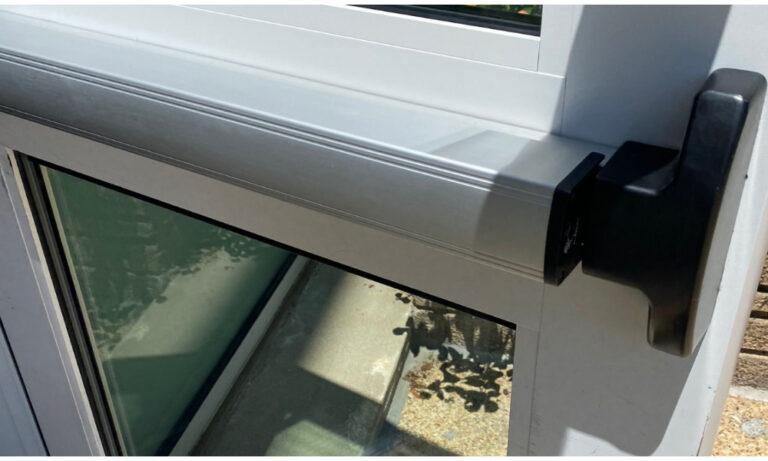
When buying or selling a home, one of the most crucial steps in the process is conducting a home inspection. Whether you’re a first-time buyer or an experienced homeowner, a thorough understanding of what a home inspection entails and why it’s essential can save you time, money, and potential headaches down the road.
In this blog post, we’ll dive into the details of home inspections, explaining their purpose, what they typically cover, and why they are a critical part of any real estate transaction.
What Is a Home Inspection?
A **home inspection** is a professional examination and assessment of the condition of a residential property. Conducted by a certified home inspector, the inspection aims to provide an unbiased evaluation of the home’s structural integrity and the functionality of its key systems.
The home inspector typically looks for existing and potential problems in various areas, including:
- Foundation
- Roof
- Plumbing
- Electrical systems
- HVAC (Heating, Ventilation, and Air Conditioning)
- Insulation and ventilation
- Interior and exterior surfaces
- Windows and doors
After the inspection, the inspector delivers a detailed report, often including photos, highlighting any significant defects, maintenance concerns, and safety issues. This report serves as a valuable tool for both buyers and sellers during the home-buying process.
What Does a Home Inspection Include?
A home inspection is not a one-size-fits-all process. It can vary based on the property’s location, age, and size. However, there are several key components that almost all inspections will cover. Let’s look at some of the main areas of focus:
1. Structural Components
The inspector will examine the home’s foundation, walls, and framing to assess their overall stability. Any signs of cracks, settlement, or damage can indicate foundational issues that need attention.
2. Roof and Attic
A thorough roof inspection will look at the condition of shingles, gutters, flashing, and any signs of water damage or leaks. In the attic, the inspector will check insulation levels and ventilation to ensure they are up to current standards.
3. Plumbing Systems
Inspectors will examine visible pipes, faucets, and water heaters to check for leaks, corrosion, and proper water pressure. In older homes, plumbing inspections may be more critical, as outdated materials such as lead pipes may need replacement.
4. Electrical Systems
The inspector will check the home’s wiring, electrical panels, and outlets to ensure they are safe and functioning properly. Outdated or faulty wiring can pose a significant fire hazard, making this a crucial part of the inspection.
5. HVAC Systems
Heating, ventilation, and air conditioning systems are evaluated for their efficiency, age, and overall condition. The inspector may also check filters and ductwork to ensure they are clean and functioning well.
6. Interior and Exterior Surfaces
This involves a visual assessment of the home’s exterior siding, windows, doors, ceilings, walls, and floors. Inspectors look for cracks, leaks, water damage, and signs of general wear and tear that might indicate underlying problems.
Why Is a Home Inspection Important?
Whether you’re buying a home or selling one, a home inspection offers numerous benefits that can protect your investment. Let’s explore why a home inspection is a must-have during a real estate transaction.
1. Identifying Hidden Problems
One of the most significant reasons for a home inspection is to uncover hidden issues. A house might look perfect at first glance, but a deeper examination may reveal problems like structural damage, outdated electrical systems, or plumbing leaks. Finding these issues early can save buyers from unexpected expenses after moving in.
For sellers, a pre-listing inspection can help identify and address problems before putting the house on the market, potentially speeding up the sale process and avoiding last-minute renegotiations.
2. Negotiation Power
A detailed inspection report can be a powerful bargaining tool. If significant issues are found, the buyer can request repairs or negotiate a lower purchase price to reflect the cost of future repairs. On the flip side, if the inspection reveals minimal or no issues, it can reassure the buyer and solidify the agreed-upon price.
For sellers, having an inspection done before listing the property can offer transparency and help avoid surprises during the negotiation process. Knowing the home’s condition upfront allows for more realistic pricing and better preparation.
3. Ensuring Safety
Safety is a top priority during any home inspection. Inspectors often look for health and safety concerns like carbon monoxide, mold, or faulty wiring that could pose risks to the occupants. Buyers can ensure that the home they are purchasing is not only structurally sound but also safe for their family.
Addressing safety concerns early helps prevent accidents and costly emergency repairs later.
4. Future Planning for Buyers
For many buyers, a home inspection isn’t just about the here and now; it’s about planning for the future. The inspection report gives insight into the home’s current condition and provides a road map for future maintenance. Knowing when major systems like the roof or HVAC will need replacement allows buyers to budget accordingly.
For example, if the roof has about five years of life left, the buyer can prepare for a replacement and adjust their financial plans. Similarly, understanding the age and condition of appliances or mechanical systems can help homeowners prioritize future upgrades.
5. Avoiding Buyer’s Remorse
A home is likely one of the most significant investments a person will make, and nobody wants to face buyer’s remorse after closing on the deal. By thoroughly examining the home and understanding any potential problems before committing to the purchase, buyers can make informed decisions and feel confident about their investment.
Knowing the house’s strengths and weaknesses helps avoid regret and unexpected surprises down the road.
When Should a Home Inspection Be Done?
For most home buyers, the inspection happens after making an offer but before finalizing the purchase. This period, known as the “inspection contingency,” gives the buyer a chance to back out of the deal or renegotiate terms based on the inspection results.
Sellers, on the other hand, may opt to get a **pre-listing inspection** before putting their home on the market. This proactive approach can streamline the sale process by identifying and addressing issues beforehand, leading to fewer complications during negotiations.
What Home Inspections Don’t Cover
While home inspections are thorough, they do have limitations. Inspectors typically do not examine areas that are inaccessible or require specialized expertise. Some aspects not covered include:
- Pest infestations (unless specifically requested)
- Swimming pools (requires a separate inspection)
- Environmental hazards (like radon or asbestos, unless specially requested)
- Cosmetic issues (like minor cracks, paint peeling, etc.)
If a specific concern arises, such as mold or foundation issues, you may need to hire a specialist for further evaluation.
Conclusion
A home inspection is an essential part of any real estate transaction. Whether you’re buying or selling a home, having a professional inspection conducted can provide peace of mind, save money, and help you make informed decisions. By identifying problems early, ensuring safety, and providing negotiation leverage, a home inspection protects one of the most significant investments you’ll ever make: your home.
Before making a commitment, make sure your potential new home has been thoroughly inspected, and you’ll be set to move forward with confidence, knowing that your investment is safe and sound.







